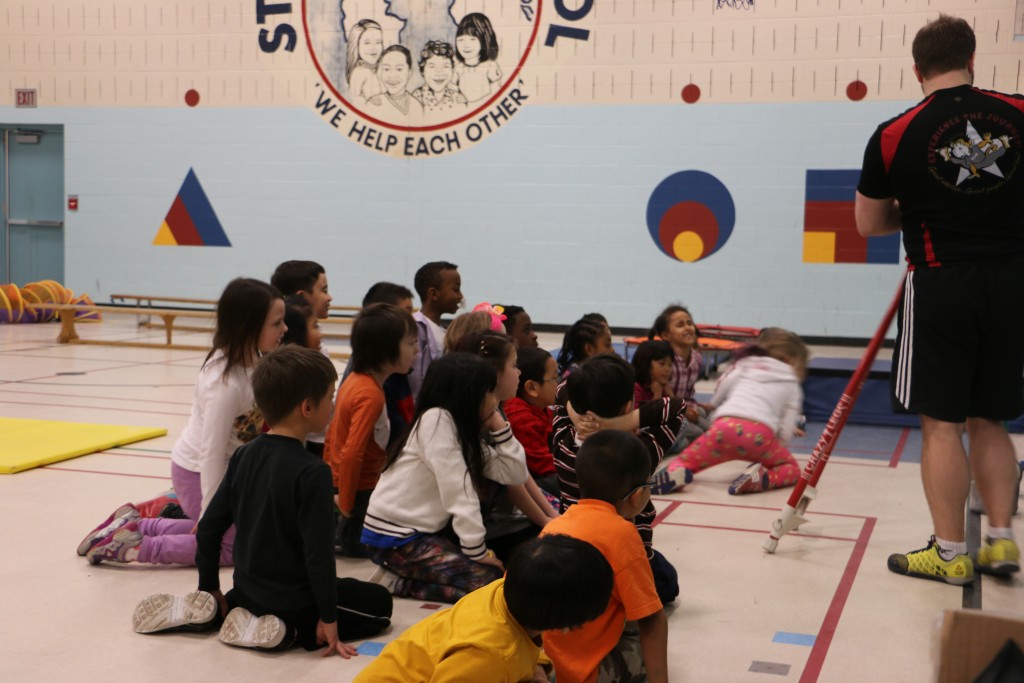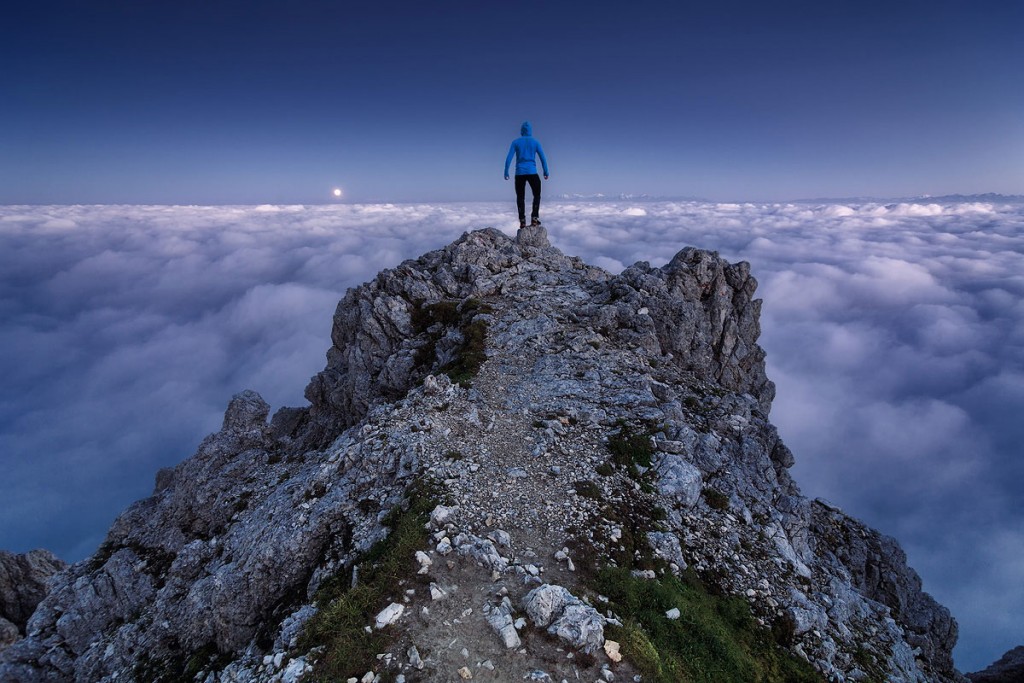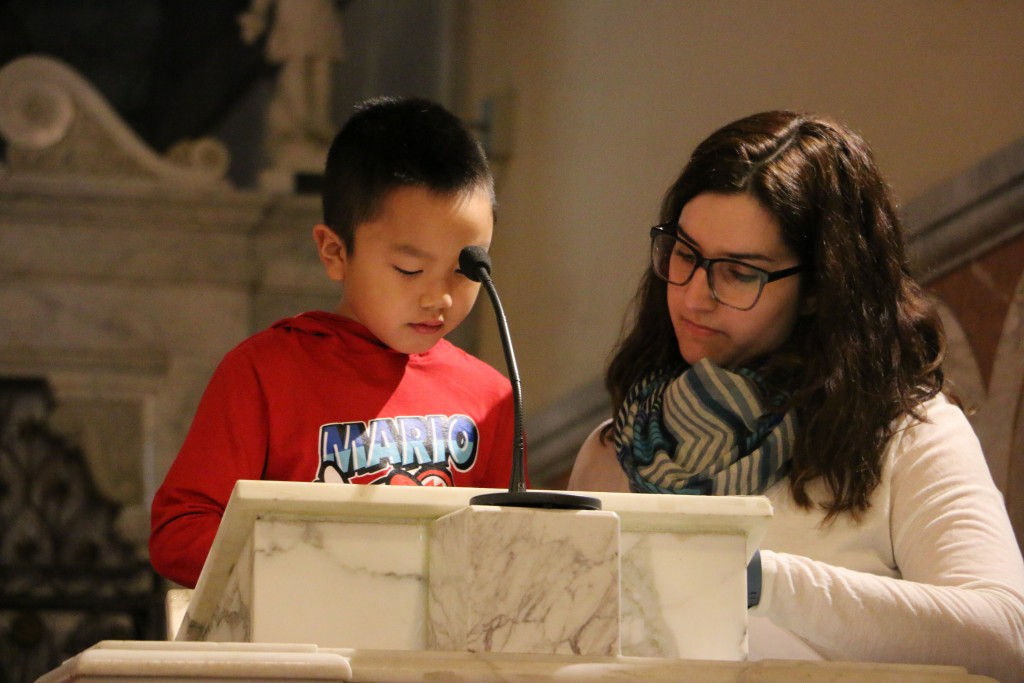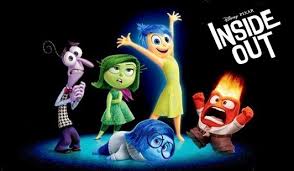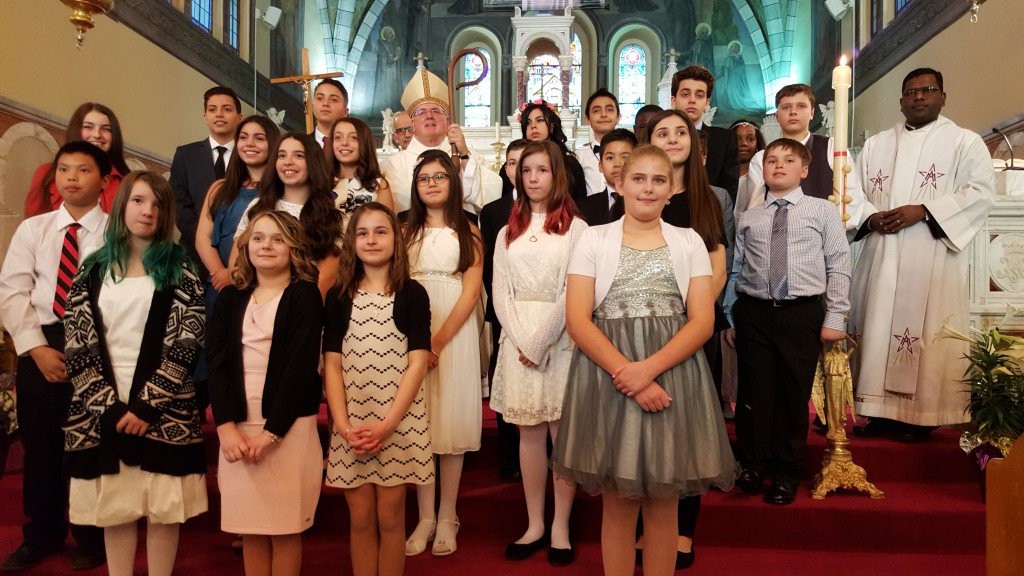
My grandmother started walking five miles a day when she was sixty. She’s ninety-seven now, and we don’t know where the hell she is.
Ellen DeGeneres
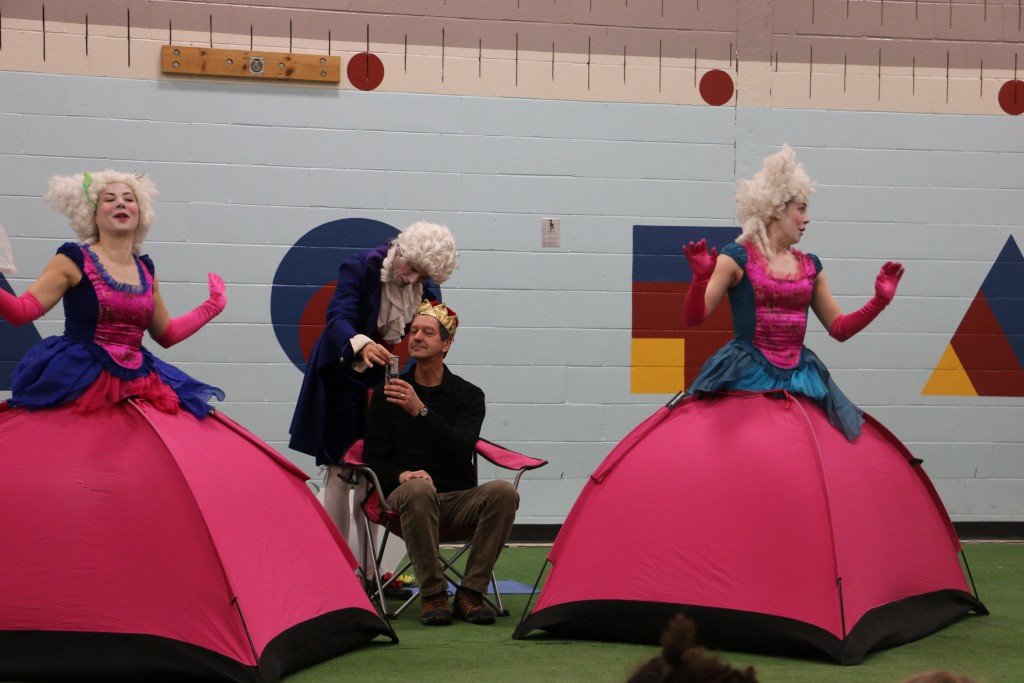
Good morning to everyone. I have talked to most of you, but I want to give all of you an update on scheduling for next year. First, we are growing as a school so all teachers are back next year and we have to hire additional staff – I can’t say yet what will happen with ECE’s or EA’s – it is too early in the scheduling cycle. Basically, I am trying to give everyone a similar schedule to the one they have this year. If this is a problem for you please let me know as soon as possible.
Here are some of the highlights:
- two kindergarten classes for next year
- three primary classes for next year – I will work to keep the numbers even through the three classes
- two immersion classes – blended junior
- two extended classes – blended junior
- more prep and planning staff to cover off our immersion classes, KP and PLC
There is much more to come and I hope to have a draft schedule ready for you to look at by Monday.
It is very important that if you have concerns, worries hopes, fears, questions that you ask me – I am happy to talk to all of you individually and I don’t want anyone to spend any time speculating on what will go on for next year – just ask. Either come to see me (not today, I am at home, my wife is having a procedure done and I want to be there), or send me an e-mail or even a text (613-218-9615) and I will do my best to answer any question you have. Staffing has to go in by next week and we will be declaring vacancies which is always a great thing.
Have a good day everyone, enjoy the weekend.
Paul

This is a wonderful and unique learning opportunity, think about attending – you will learn something very cool!

from Edutopia


Transformation requires a journey for teachers toward great educational rewards for students. Knowing how to craft learning experiences that meld technology with the curriculum is key to crafting digital-age lessons. As digital tools are integrated seamlessly with sound pedagogical practice, a new classroom culture emerges. This is a culture focused on student-centered, personalized learning and shifting away from traditional teacher-centered classrooms. The digitally-rich lesson format below has evolved as technology has been infused into these lesson components:
- Whole-group instruction
- Guided practice
- Independent practice
- Reflection
1. Personalize whole-group instruction and gather formative data.
Whole-group instruction has traditionally been delivered in lecture format: the teacher stands in front of the class and presents the same lesson to everyone at the same time. Lessons can be personalized using Nearpod, which allows the teacher to control delivery from his or her device. The material appears on any student device, whether tablet, phone, or computer. The formative component allows teachers to embed quizzes, polls, a draw feature, and open-ended responses into the lesson.
Megan Cinfel, a first-grade #ipadacademy teacher in Bellevue (Nebraska) Public Schools, gathers her students on the rug in a circle, sits with them, and presents new math concepts to all of their iPads simultaneously. She uses the draw feature daily to collect formative data. Students use the pen tool to draw responses and send it back. Teachers immediately see the data and can share student work back to their screens in just a click. This is a powerful way for students to see peer responses and explain their reasoning.
Nearpod is a free presentation tool available for all computers, tablets, and phones. There is an app for Android and iPhone/iPad. All Nearpod features mentioned in this post are free, and additional features are available as in-app purchases.
2. Provide feedback to every student during guided practice from anywhere in the room.
Research shows that timely and immediate feedback has a significant impact on learning. Classkick allows teachers to see every student iPad screen, privately provides feedback while students are working, and has a feature where students can raise a virtual hand. These features transform how teachers provide feedback to students and how students interact with teachers.
Emily Salie, a sixth-grade teacher at Leonard Lawrence in Bellevue Public Schools, says that she enjoys using Classkick for guided instruction because she can see all student screens at the same time while each works at his or her own pace. Students easily draw, write, use different colors, and erase. “I love using Classkick,” says Paige, one of Salies’ students. “It lets us work at our own pace and ask silly questions without being judged, like we could be if we asked them out loud. It is super easy to fix mistakes.”
Classkick is a free iPad app that allows teachers to assign student work, see iPad screens, and provide feedback as students work. Students can also edit and provide feedback to their peers.
3. Use screencasts for truly independent practice.
Screencasts are a powerful way for teachers to duplicate their presence and provide each student with his or her own personalized lesson. A screencast is a short, teacher-created video lesson. Cinfel creates screencasts of daily math lessons. What makes this so powerful is that each student controls the lesson and can work independently. They can pause, rewind, and listen to their teacher again. Additionally, those who miss class no longer lack the instruction, instead receiving the same lesson presented to their classmates
Discrete differentiation personalizes the learning. Students who need the material repeated can now listen as many times as they wish. Students can even slow the narration to ease comprehension. This has been especially beneficial to English-language learners (ELLs).
Another significant outcome is the teacher’s ability to provide math interventions during the same block of instructional time. “I just have the students push pause on their lesson and join me for a few minutes of practice on a math skill they need based on the formative data I collected using Nearpod during whole-group instruction,” says Cinfel. “They return to their seat, push play, and keep working. It is wonderful.”
Educreations is a free screencasting app for the iPad. Videos open in the app and are hosted on the Educreations server. For a fee, you can add more features and storage.
4. Use video reflections for closure.
Cinfel’s students create a daily reflection using the Explain Everything app to show what they know. By the end of the unit, they have video reflections showcasing all of their learning. These videos can be exported to the iPad’s camera roll.
Students work harder on their videos when they know that they’ll have a wider audience than just their teacher. They can upload their video to Seesaw, a digital portfolio app that allows them to view and comment upon one another’s work. Students can check the Seesaw class feed and leave their peers either a written or audio comment. The audio feature makes it easy for our youngest students to leave comments. Everyone is thrilled to receive comments from classmates. Seesaw portfolios are also easy to share with parents.
Explain Everything is available through both iTunes and Google Play for $3.99. This whiteboard app has a number of tools that allow for creation and exports in many formats. Primary teachers like the simple interface available in settings. Seesaw is available as an app in iTunes and Google Play. Students can share their work by taking a picture of it, uploading a photo or video, and adding text or narration. Peers can comment and “favorite” posts. Parents can also access their individual student’s portfolios.
Teaching and learning are transforming as technology becomes more accessible. Crafting a learning environment combining pedagogy and technology places students at the center of learning. Effectively leveraging technology to construct a personal learning environment is possible by leveraging these transformational tools every day.
St. Anthony Today
Paul away – all day Geraldine designate
Papa Jack popcorn today
Voting OECTA members until Noon today!!! PLEASE VOTE
Kindness Project with Lindsey Barr and Mrs. Rupnik’s classes
Theresa, SLP, to work with Mrs. Rupnik’s class
Anne Chiarelli in to observe grade 2 class


